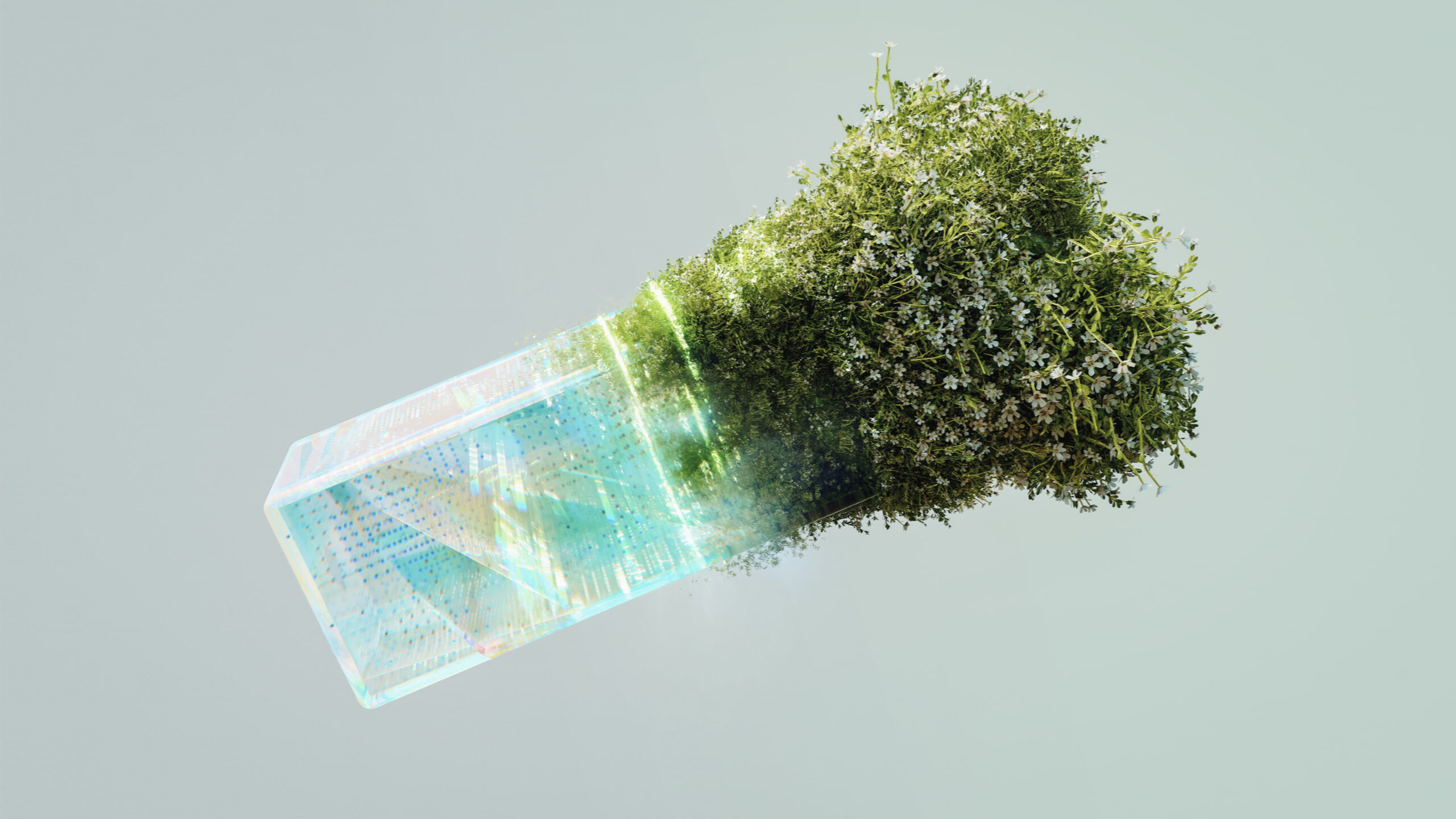It is important to trace the timeline through the history of art and creation in order to visualize the future in design. A trace that allows us to be informed about how past revolutions influenced what is happening today. A current influence that opens the way to what will happen in the future in the creative field.
Great revolutions of the past
Since the late 19th century, many artists found the need to create a new type of expression that included the fundamental changes taking place in technology, science, and philosophy.
The accessibility to other cultures also suggested the possibility of describing visual experiences in alternative ways.
These new languages found their sources of inspiration, drawing theoretical arguments that reflected the social and intellectual concerns of the Western cultures of the time.
From the beginning of the 1920s, humanity began to experience revolutionary artistic movements such as Abstractionism, Neoplasticism, the Russian Avant-Garde, and the Bauhaus. All innovative initiatives have left a visible trace for future generations that will continue to preserve and evolve these design concepts until today.
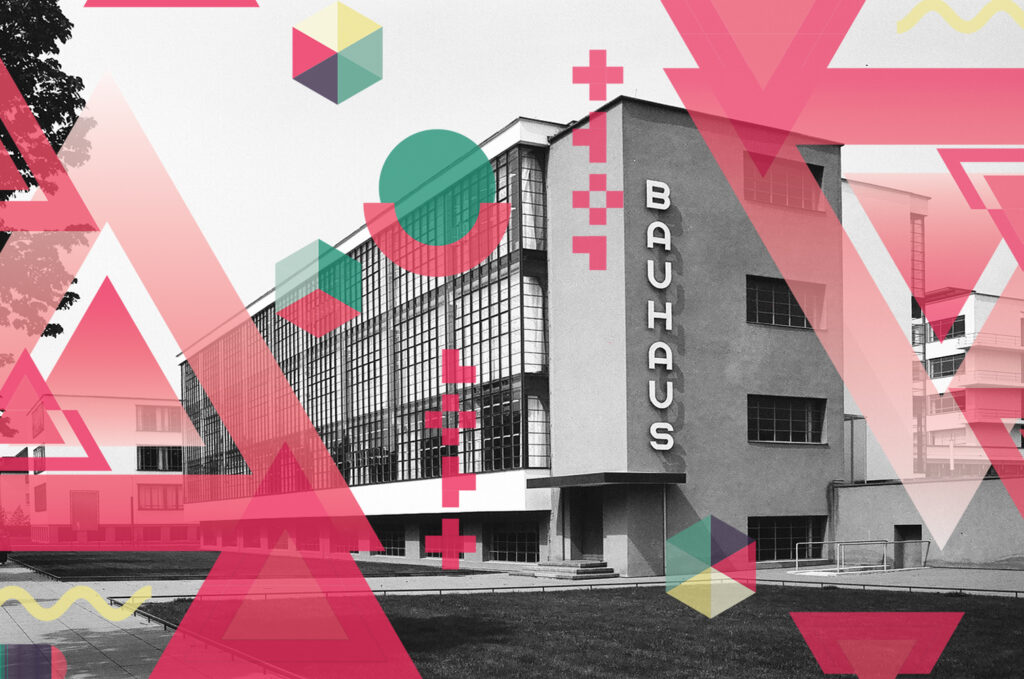
The Bauhaus is one of the most revolutionary and visionary movements of the late nineteenth and early twentieth century of its time.
In the most avant-garde movement of the 19th century, the basic idea was to train a new class of artisan-artists who would combine the search for aesthetic form with practical functionality. This was done by taking advantage of industry and technology.
These were design studios based on interdisciplinary studies that aimed to manufacture objects of all kinds, exploiting disciplines of all kinds to construct “the building of the future”.
There were visionary inventors who created and shaped the Bauhaus, such as Walter Gropius, Vasili Kandinski, and Marcel Breuer. They were the promoters of the study of disciplines such as art, architecture, and design, within the school that would bear the same name.
This academy created under a Nazi dictatorship, managed to leave a historical legacy of fundamental concepts for what today we would call contemporary design.
Its traces in the present day
Nowadays, design is one of the main pillars in any sector of the economy. For this reason, a great deal of time is devoted to analyzing the internal technical values and the features that define the products on the outside.
Today’s ideal design is not only an object with aesthetic proportions that empathize with the end user. It is also a powerful tool that brings a breakthrough and enormous added value to people, industry, and the economy.
Today’s good design proposes to improve the impact on the environment and must be increasingly aligned with digital transformation.
It is a reality that because of the current economic model, it still limits the ability to develop more environmentally sustainable projects. It is evolving fast, but there is still a long way to go.
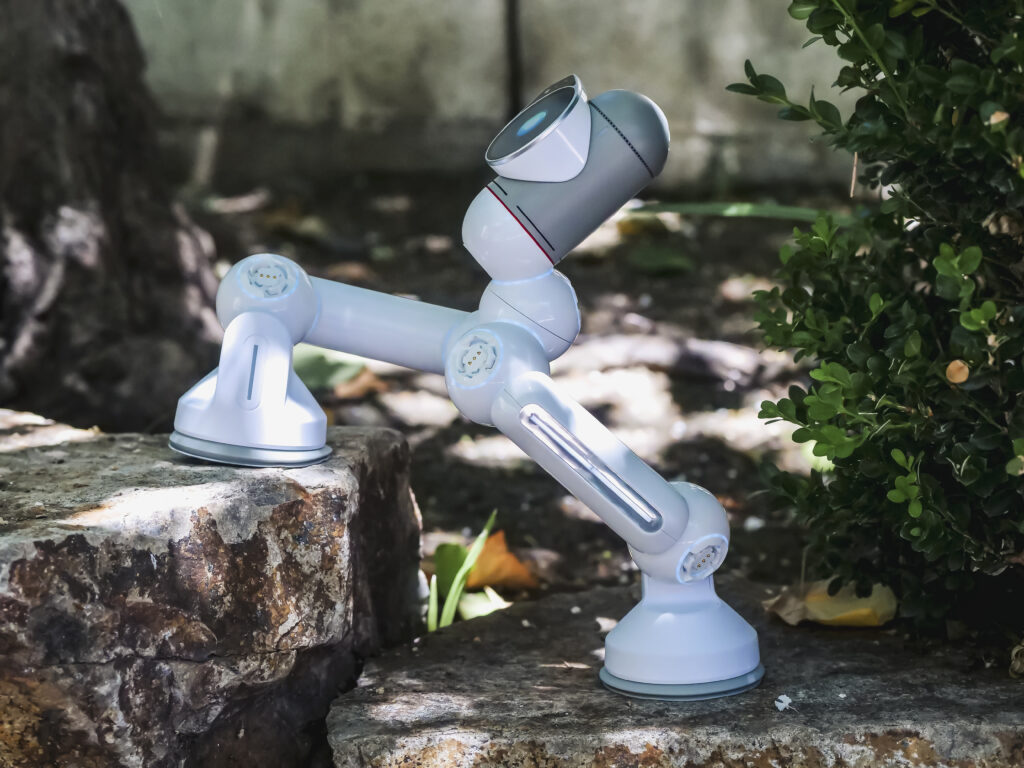
Thinking sustainably means changing, in many cases, models of production, distribution, and even consumption. And yet, for industrialists, this entails cost overruns that are impossible to assume.
The future challenge for designers is to bet on the creation of disruptive products that take care of the environment, demonstrating that more benefits will be obtained in the medium and long term.
The future of design
Before looking for answers to what the future of design will be like, it would be worthwhile to focus on the people who make it and will make it possible. We can do this by understanding how the perspective of today’s designers has changed for future creations.
This statement leads us to another interesting point: the value of eco-design and care for the environment in the creation of objects. That is to say, we must take care of the development and realization of innovative projects that can be connected with sustainability.
The future of design will be the field where great innovative projects will be produced, which will continue to be a fundamental instrument for the industry.
It will be the space for initiatives that develop intelligent products, viable in terms of manufacturing and operation, in line with the latest market trends. It will be the place for the tastes of new markets, aligned to new social and environmental demands.
Likewise, it is essential to visualize the future of design with the implications of the technologies used and generated in the present. In fact, it is necessary to analyze how their material, ecological and social impact will be in times to come.
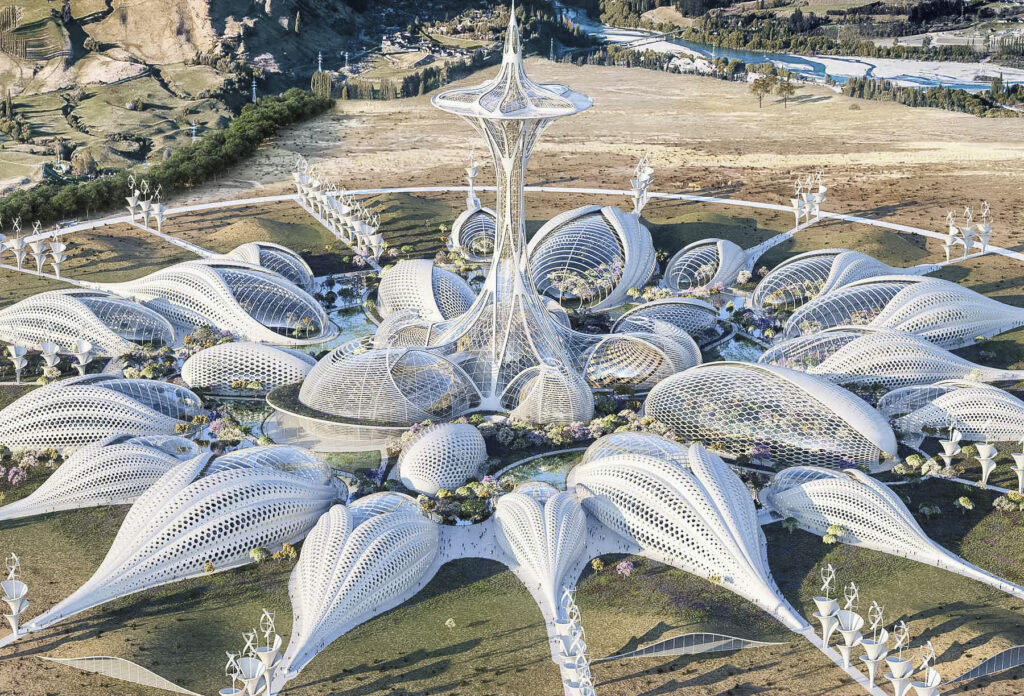
Two disruptive and visionary examples
Minus
Norwegian furniture design brand Minus is a disruptive example that allows us to visualize the design of the future. Minus seeks to revolutionize the interior design sector by offering zero-carbon, subscription-based furniture.
The brand’s goal is to go “beyond zero” by developing wood products that are carbon-negative during their lifetime.
This disruptive bet led the brand to develop a rental service model. This involves its designers in the creation of products with a 100-year lifespan perspective.
The project’s proposal is to commit to the responsibility of ensuring that the products, once out of the factory, will remain in use for as long as possible. Thereafter, we recycle the product until the end of its useful life.
In the Western world, a chair usually lasts 10 years. If wood takes 100 years to grow, there is an imbalance. That’s 90% deforestation.
It’s about controlling the material, that leads to the subscription, because it allows us to take responsibility for the lifetime of the material.”
Kristian Notland Harnes CEO and Co-Founder of Minus
The brand has produced in its collection a stool, a bench, and a table, all made from pine wood.
When the pieces outlive their usefulness, Minus will recover them and turn them into a charcoal-like substance called biocarbon. It is a substance that stabilizes the carbon contained in the wood and prevents it from being released into the atmosphere.
The result will be a type of fertilizer that can be applied to soils to capture more carbon.
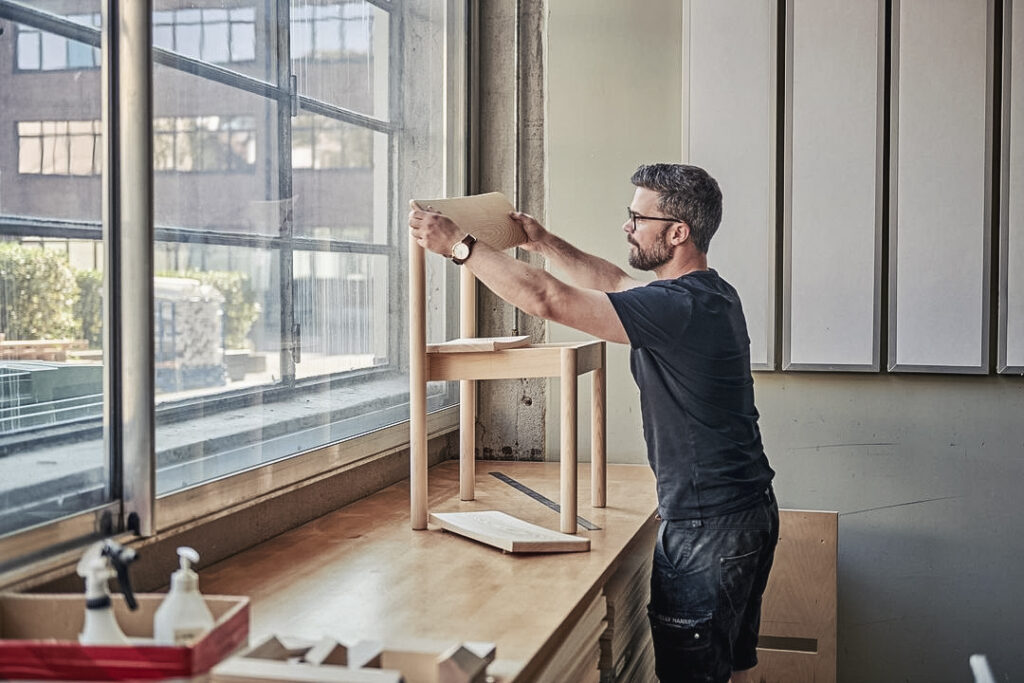
Ori Systems
The Ori Systems design-build brand has set out in a visionary way to create a new movement in urban living. The brand’s goal is for people to be able to live where they want, without giving up the space and functionality they need.
Ori Systems’ premise is that spaces should expand and adapt to our lives, not the other way around.
If we analyze our homes, we will see that their designs have hardly changed over the last centuries.
We will face new challenges that would transform a 20th century home into a new one as the 21st century progresses.
Hassier Larrea CEO of Ori Systems
As the century progresses we will begin to see a new typology of houses conceived by designers, as a mass-produced object is conceived.
Thanks to the economy of scaleing, future houses will be more affordable for new generations, as many will not be able to pay today’s prices. They will be healthier, more efficient, more compact, safer, more interconnected, more autonomous, and ultimately more sustainable.
In addition, it is quite possible that they could autonomously change their configuration, depending on the time of day or specific needs. We may also be able to transport them when we move from one place of residence to another, or even pay for a single use per hour via APP.
The creatives who are dedicated to developing design and innovation projects for the future, today are concerned about acquiring more knowledge in biodesign. They delve into collaborations with multidisciplinary teams.
These designers, of our contemporaneity, specialize in the field of service design or transition to have a more holistic view of the context. They focus on the goal of promoting social change to live in balance with our planet.
New inventors who have in their hands a new revolution. And that is to create innovative design projects that protect the environment in the future.


